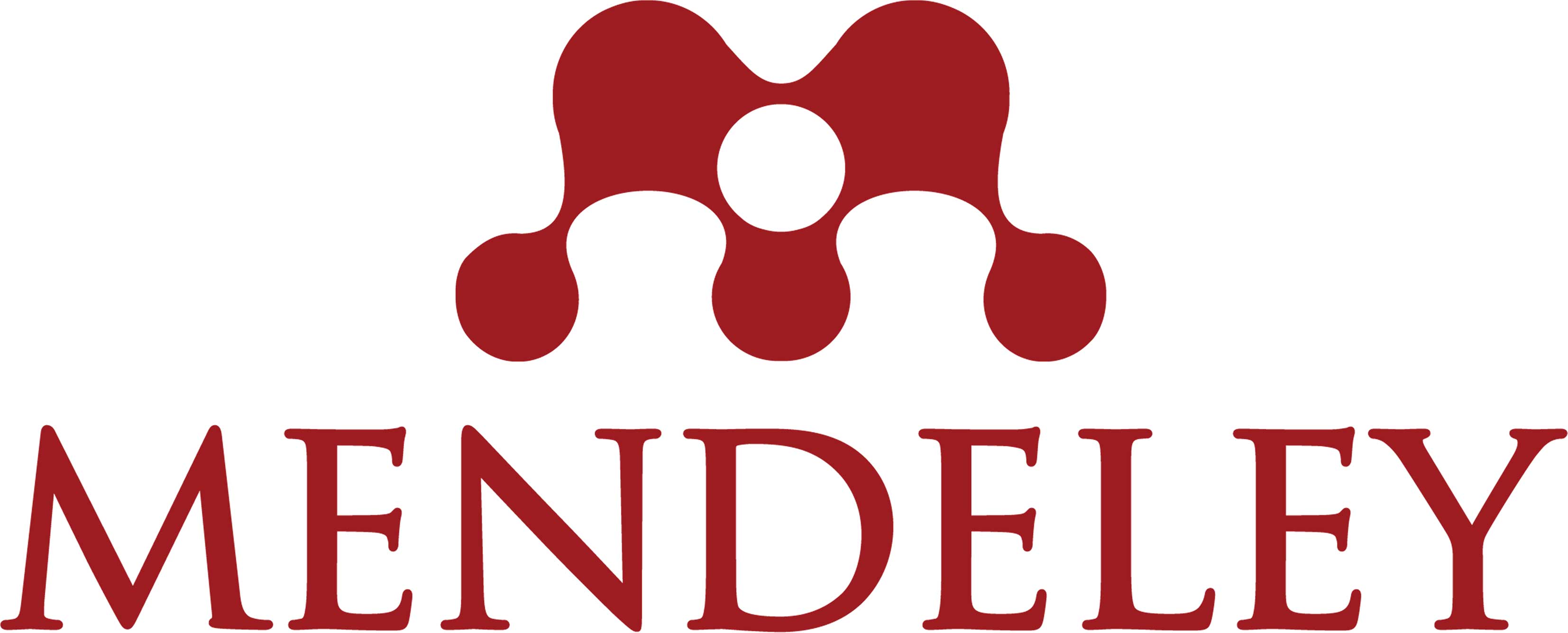CAREER MATURITY LEVELS AMONG HIGH SCHOOL STUDENTS IN CILACAP
Abstract
The career choices made by individuals have a significant impact on their overall happiness and well-being. Hence, making accurate and informed career decisions is crucial during the journey of life. The process of career decision-making typically begins during late adolescence or early adulthood, with education playing a vital role in preparing individuals for this important milestone. This quantitative study employed survey techniques and exploratory descriptive analysis using SPSS to examine the career maturity levels of high school students in Cilacap. A career questionnaire was distributed to the participants via Google Forms. The findings revealed that the students exhibited low levels of career maturity attitudes. Further details and discussions on this topic are presented in the manuscript.
References
Amalianita & Putri. (2020). Perspektif Holland Theory serta Aplikasinya dalam Bimbingan dan Konseling Karir. JRTI (Jurnal Riset Tindakan Indonesia). Volume 4 Nomor 2
Amti, Erman dan Prayitno. 2004. Layanan Bimbingan dan Konseling Kelompok. Padang: Jurusan Bimbingan dan Konseling Fakultas Ilmu Pendidikan Universitas Negeri Padang.
Brown, Duane & Associates. (2002). Career Choice and Development. San Francisco: Jossey Bass, John Wiley & Sons, Inc
Choi S, Hutchison B, Lemberger ME, Pope M. A (2012). Longitudinal Study of the Developmental Trajectories of Parental Attachment and Career Maturity of South Korean Adolescents. The Career Development Quarterly;, 60 (2), 163-177.
Creswell JW. (2015). Penelitian Kualitatif & Desain Riset. Yogyakarta : Pustaka Pelajar.
Foutch, H., McHugh, E. R., Bertoch, S. C., & Reardon, R. C. (2014). Creating and using a database on Holland’s theory and practical tools. Journal of Career Assessment, 22(1).
Hendrianti Nurul Puteri, Dewinda Herio Rizki. Konsep Diri Dan Dukungan Sosial Keluarga Terhadap Kematangan Karir Pada Siswa Kelas XII SMK. Vol.10, No.1. hal 78-87.
Holland, J. 1997. Making Vocational Choices : A Theory Of Vocational Personalities and Work Environments 3rd edition. Florida : Psychological Assessment Resources, Inc.
Hurtado Rúa, S. M., Stead, G. B., & Poklar, A. E. (2019). Five-Factor Personality Traits and RIASEC Interest Types: A Multivariate Meta-Analysis. Journal of Career Assessment, 27(3).
M. Prahesti. (2018). “Hubungan Antara Locus of Control Internal dengan Kematangan Karir pada Siswa SMK Kelas XII,” j. Univ. Mercu Buana, vol. 6, pp. 12–17,. 8.
Nulhusni, dkk (2021). Analisis Teori Holland dalam Bimbingan dan Konseling Karir. Indonesian Journal of School Counseling (2021), 6 (2).
Nunik Widiasuti. 2017.Aspirasi Karier siswa berdasarkan status sosial ekonomi dan gender, Indonesia jurnal of education counseling, Vol 1, No 2.
Savickas, ML. (1984). Career maturity: The construct and its measurement. Vocational Guidance Quarterly;, 32(4), 222–231.
Septiani, Fatimah S, Supriatna E. (2021). Gambaran Kematangan Karir Siswa SMA Negeri 1 CIBEBER. Fokus. 4 (6). 465-475
Sugiyono. (2016). Metode Penelitian Kuantitatif, Kualitatif dan R&D. Bandung: Alfabeta.
T. Ayu Kusuma, A. Tjalla, and E. Setyowati. (2015). “Hubungan Antara Dukungan Sosial dan Motivasi Berprestasi Siswa Kelas VII di Madrasah Tsanawiyah Negeri 8 Jakarta Barat,” j. FIP UNJ, Vol. 10, pp. 96–110,
Zikri R. (2015) Hubungan Regulasi Diri Dengan Kematangan Karir Siswa SMK N 1 Kota Solok. Thesis, Universitas Andalas.
Copyright (c) 2023 Tatang Agus Pradana, Linda Dwi Solikhah

This work is licensed under a Creative Commons Attribution-ShareAlike 4.0 International License.
Authors who publish with this journal agree to the following terms:
1) Authors retain copyright and grant the journal right of first publication with the work simultaneously licensed under a Creative Commons Attribution License that allows others to share the work with an acknowledgment of the work's authorship and initial publication in this journal.
2) Authors are able to enter into separate, additional contractual arrangements for the non-exclusive distribution of the journal's published version of the work (e.g., post it to an institutional repository or publish it in a book), with an acknowledgment of its initial publication in this journal.
3) Authors are permitted and encouraged to post their work online (e.g., in institutional repositories or on their website) prior to and during the submission process, as it can lead to productive exchanges, as well as earlier and greater citation of published work.





